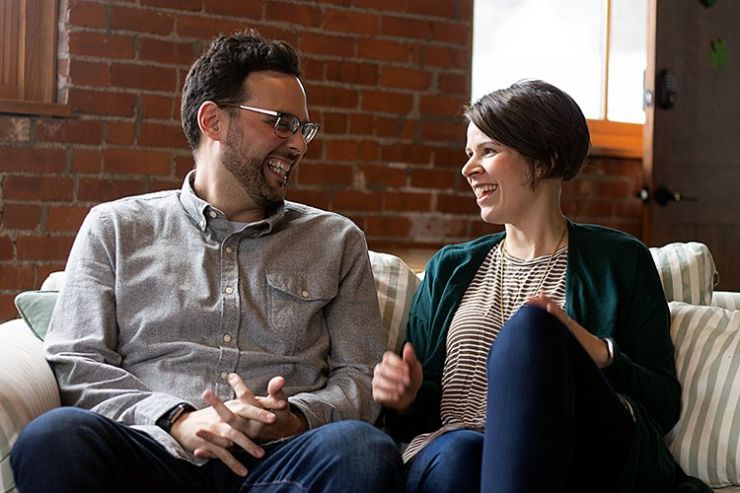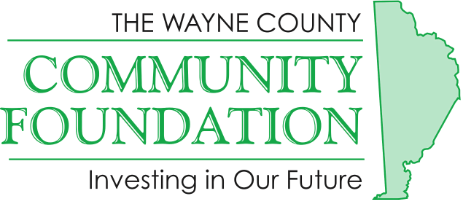Collaboration, not competition

By RYANNE JENNINGS
The definition of collaboration (at least by Merriam-Webster) is to work jointly with others or together, especially in an intellectual endeavor. This might seem like second nature to many, but it is a process that takes significant intentionality to be successful.
In the community foundation world, collaboration is the name of the game and, quite honestly, the only way we get anything accomplished. We collaborate with donors, nonprofits, funders, local government, media outlets, schools and other community foundations daily. Community foundations would not exist if we didn’t collaborate.
A unique feature about community foundations is that we generally don’t see other community foundations as competitors, as we each have our own “territory” to primarily fund. Same goes for private foundations—in fact, we partner with private foundations on funding projects and also rely on private and family foundations to support our internal operations from time to time. We all try to play to our strengths for community benefit.
For-profit businesses don’t always have the luxury of seeing other businesses as collaborators rather than competitors, but I have seen this happen successfully at times, especially in our local community. A business might upgrade equipment and then sell their other equipment to a newer business doing similar work, or co-brand a product they both work on to create. When I see this kind of collaboration, I always find it inspiring and I wish more entrepreneurs and nonprofit organizations would work together in this way.
So what makes for a successful collaboration? In my experience, a few key elements are needed. The first, and most important, is a focus on “we” and not “me.” Everyone coming to the table will have a different motivation for being there, but if a common goal can be agreed upon for everyone to focus on, it becomes about that goal rather than individual motivations.
The second element is for everyone participating to assume positive intent and to own their impact. Communication can be messy in collaborations and the way you say something might not land the way you intended. Accepting that your impact might not have been what you intended and seeking repair of that relationship is essential. Coming into that collaboration with the assumption that everyone is there with positive intentions is also something that has to happen for a collaboration to be successful. If you’re looking for something bad, your digging and negative attitude will likely create it.
Lastly, consistent and honest communication is always an important factor when working with others. Recognizing that people take in information in different ways is part of this. When working across generations, your communication style might have to span a variety of modalities from text to email to phone calls. That’s the reality of working in groups right now, and it’s better to accept it than lose valuable insight from people you want as part of the collaboration. You can’t always reach 100 percent of people, but it’s worth the effort to try to reach the 80 percent in the middle.
Let’s all try to see our neighbors, colleagues and business competition in a new light of potential partners and those in which we can collaborate. Cheers to collaboration!
Ryanne Jennings is the president/CEO of the Wayne County Community Foundation.







